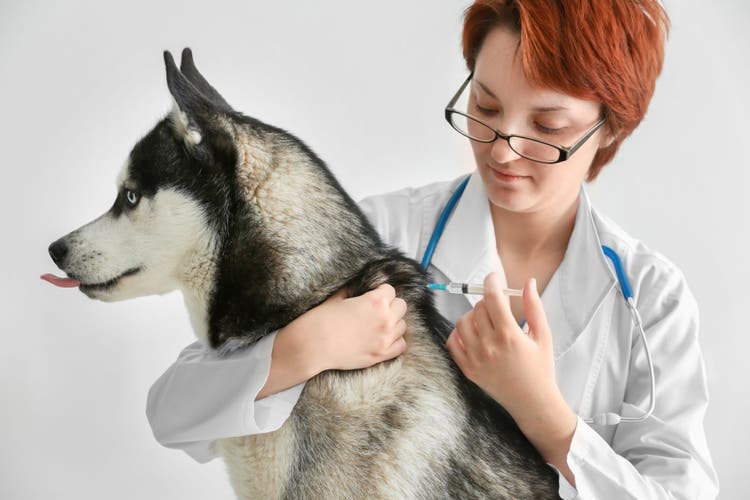
Lidocaine for Dogs and Cats
Overview of Lidocaine for Dogs and Cats
- Lidocaine, also known as Xylocaine®, is an anesthetic used in dogs and cats for the treatment of abnormal heart rhythms or cardiac arrhythmia. It is also used as a local anesthetic e.g. to numb an area on the skin prior to sutures.
- An anesthetic is a drug that prevents sensations such as pain. Local or regional anesthesia prevents pain in a limited area or in a specific body region. In contrast, general anesthesia prevents pain but also causes unconsciousness and generalized muscle relaxation.
- Lidocaine is a local anesthetic commonly used in medical procedures to provide local or regional anesthesia.
- Lidocaine is also an antiarrhythmic agent, one that prevents or treats certain cardiac arrhythmias.
- Lidocaine works by preventing activity of the nerve or heart cell membrane. By blocking the entry of sodium ions the cell is unable to carry messages from cell to cell.
- Lidocaine is an effective and potent local anesthetic. It can be combined with epinephrine to maximize the effect of the anesthetic. Epinephrine constricts blood vessels, allowing the lidocaine to persist in local tissues. However, lidocaine with epinephrine should never be used for controlling the heart rhythm.
- Lidocaine is a prescription drug and can only be obtained from a veterinarian or by prescription from a veterinarian.
- This drug is not approved for use in animals by the Food and Drug Administration but it is prescribed legally by veterinarians as an extra-label drug.
Brand Names and Other Names of Lidocaine
- This drug is registered for use in humans only.
- Human formulations: Xylocaine® (Astra) and various generic preparations
- Veterinary formulations: None
Uses of Lidocaine for Dogs and Cats
- Lidocaine is commonly used as a topical and local anesthetic. The drug must be injected in the proximity of the wound or surgery. Alternatively, it can be used as an epidural (“spinal”) anesthetic to prevent pain in a region of the body (regional anesthesia).
- Lidocaine is also used in the treatment of abnormal heart rhythms or cardiac arrhythmias.
- The benefits of lidocaine on heart rhythm tend to be limited to treatment of ventricular-based arrhythmias, diagnosed by electrocardiogram (EKG).
Precautions and Side Effects
- While generally safe and effective when prescribed by a veterinarian, lidocaine can cause side effects in some animals.
- Lidocaine should not be used in animals with known hypersensitivity or allergy to the drug.
- Lidocaine may interact with other medications. Consult with your veterinarian to determine if other drugs your pet is receiving could interact with lidocaine. Such drugs include propranolol, cimetidine, and procainamide.
- Caution should be used whenever lidocaine is given to cats since they tend to be especially sensitive to the drug.
- Lidocaine should not be used in animals with certain heart blocks or specific abnormal rhythms of the heart.
- Care must be taken if lidocaine is used in animals with liver impairment, heart failure or breathing problems.
- Severe adverse effects are uncommon.
- At high doses, the most common adverse effects of lidocaine are drowsiness, staggering, tremors, vomiting or seizures.
How Lidocaine Is Supplied
- Lidocaine is available in 1 percent, 2 percent, 4 percent, 10 percent and 20 percent solutions for injection.
Dosing Information of Lidocaine for Dogs and Cats
- Medication should never be administered without first consulting your veterinarian.
- For topical and local anesthetic, lidocaine is given until the desired effect, numbness is achieved.
- For heart arrhythmias in dogs, an initial dose of 1 to 2 mg per pound (2 to 4 mg/kg) is given intravenously followed by a constant intravenous infusion (IV drip) of 10 to 40 micrograms per pound (20 to 80 mg/kg) per minute. Doses in cats are typically 1/4 that of dogs and must be given very slowly.
- After time, the animal is slowly weaned from the lidocaine IV drip. An EKG helps determine if the arrhythmias have been corrected or if more lidocaine or another antiarrhythmic drug needs to be administered.